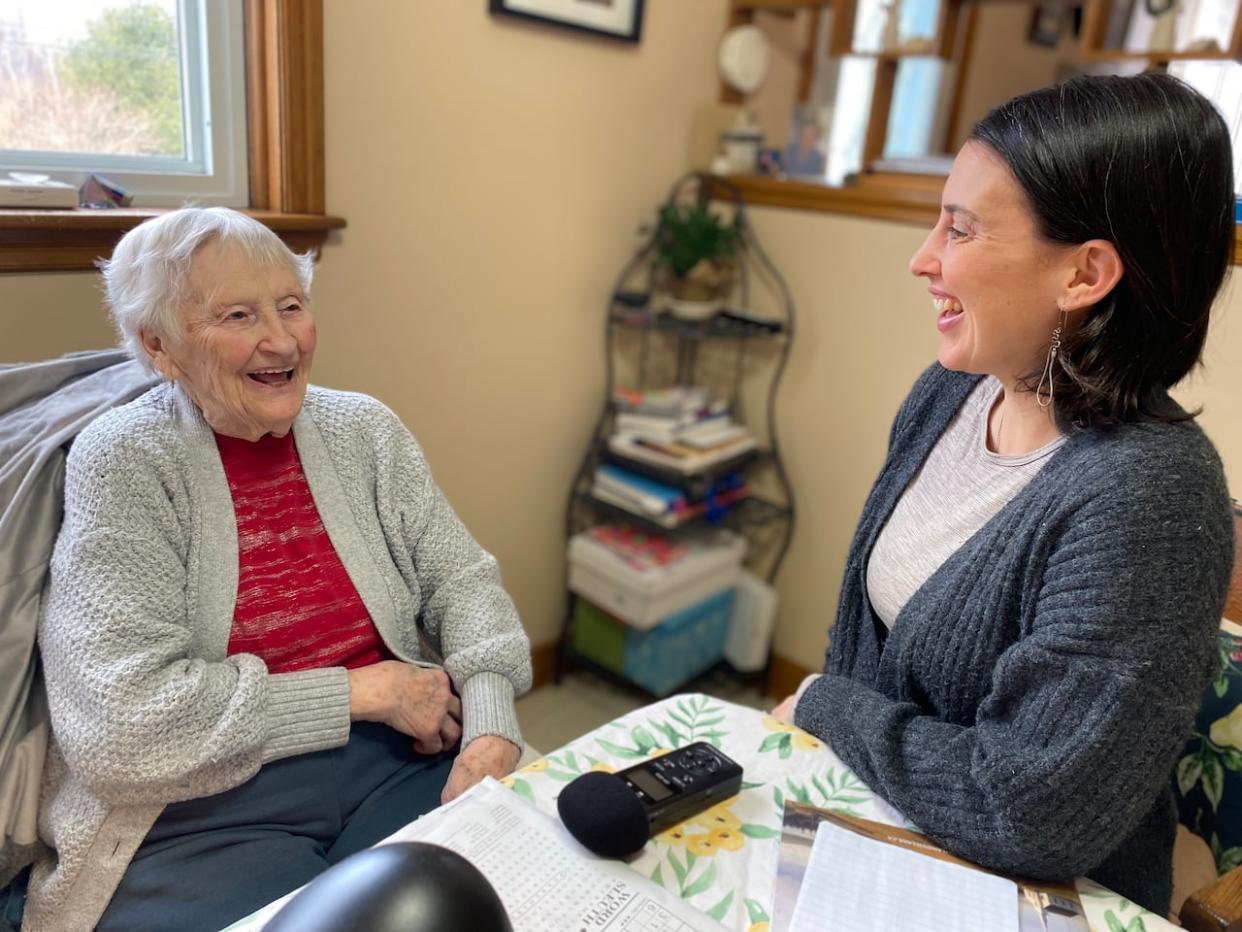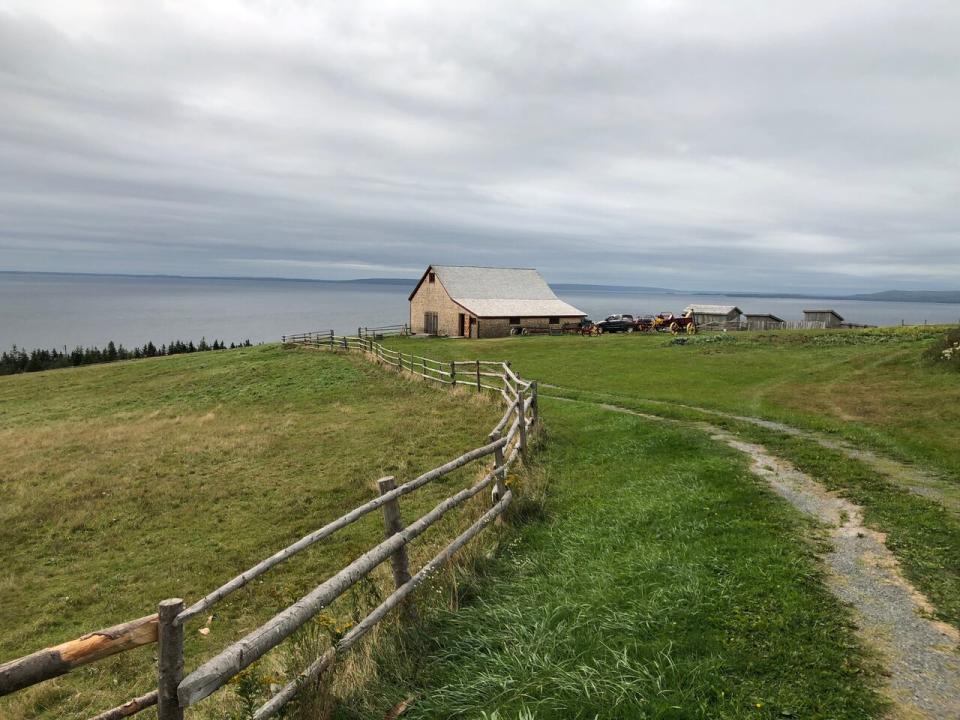Researchers interviewing Gaelic speakers to learn about language's status in N.S.

A new project organized by the Highland Village Museum in Iona, N.S., aims to find out what role the Gaelic language and culture plays in the lives of Nova Scotians today.
The research involves interviewing people across the province who speak the language or have a connection to it, or to Gaelic traditions.
The interviews began several weeks ago and nearly 100 have been completed so far, said Shamus MacDonald, project lead and manager of culture and language at the museum.
The end goal is to produce a study "that will give us some better sense of the social, the cultural and economic impact of Gaelic language and culture in Nova Scotia today," he said.
The research builds on a 2002 report conducted by the Nova Scotia Museums, he said, providing a new "baseline" for understanding the Gaelic community, with more of an emphasis on personal stories.

Shamus MacDonald is project lead for the Brìgh ’s Barail research project. (Submitted by Shamus MacDonald)
"This is a check-in a little over 20 years later, looking at some of the same questions but spending more time talking to people about their personal experiences," said MacDonald.
It comes at an important time, he said, as many young people have taken an interest in learning more about Gaelic culture, he said. More people are trying to uncover stories of their own families and ancestors, he said, which has led to a small bump in the number of people learning Gaelic.
The provincial Office of Gaelic Affairs estimates that there are around 2,000 Gaelic speakers in Nova Scotia. That's a far cry from the early 1900s, when the office says there were as many as 50,000 native Gaelic speakers in the province.
'True Cape Breton style'
"I show up at people's homes, I come in, and they, very often, in true Cape Breton style, welcome me in for a cup of tea and a little snack," said Amber Buchanan, one of three fieldworkers conducting the interviews.
Buchanan said the conversations usually focus on the person's ancestral connection to Gaelic, and why they have dedicated time and energy to learning the language or sharing Gaelic culture.

The research is being organized by the Highland Village Museum in Iona, N.S. (Brent Kelloway/CBC)
"Learning how to play music or dance or whatever it is, you know, these are very sort of multifaceted aspects and people have very layered, intertwined answers and connections to these things," she said.
The interviews have been meaningful for Buchanan, who said she has been involved in work around the Gaelic language for 17 years.
The interviews should be complete by the end of January, she said, and fieldworkers will then transcribe them and eventually conduct surveys.
The report is expected to be complete by the fall, she said.
MORE TOP STORIES


